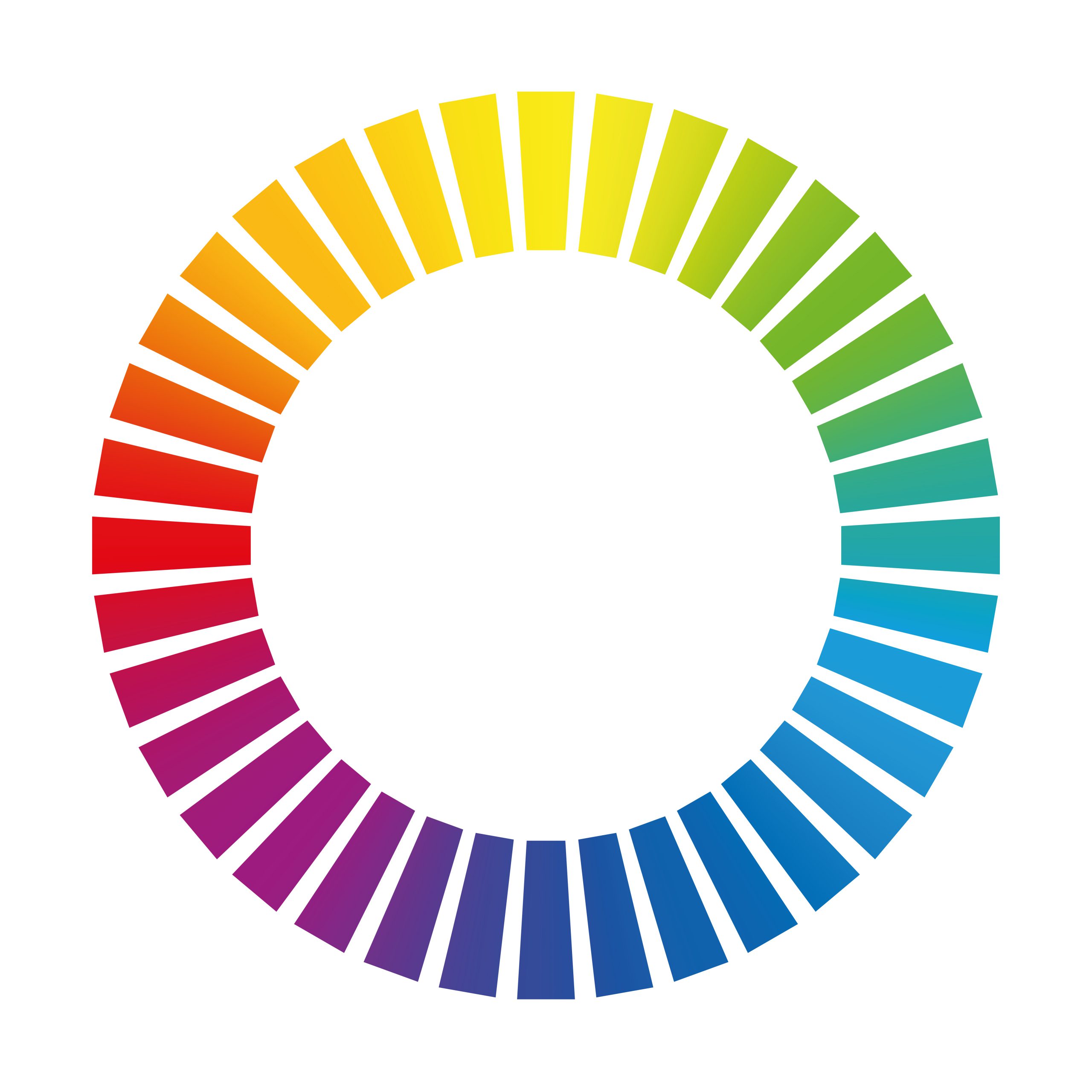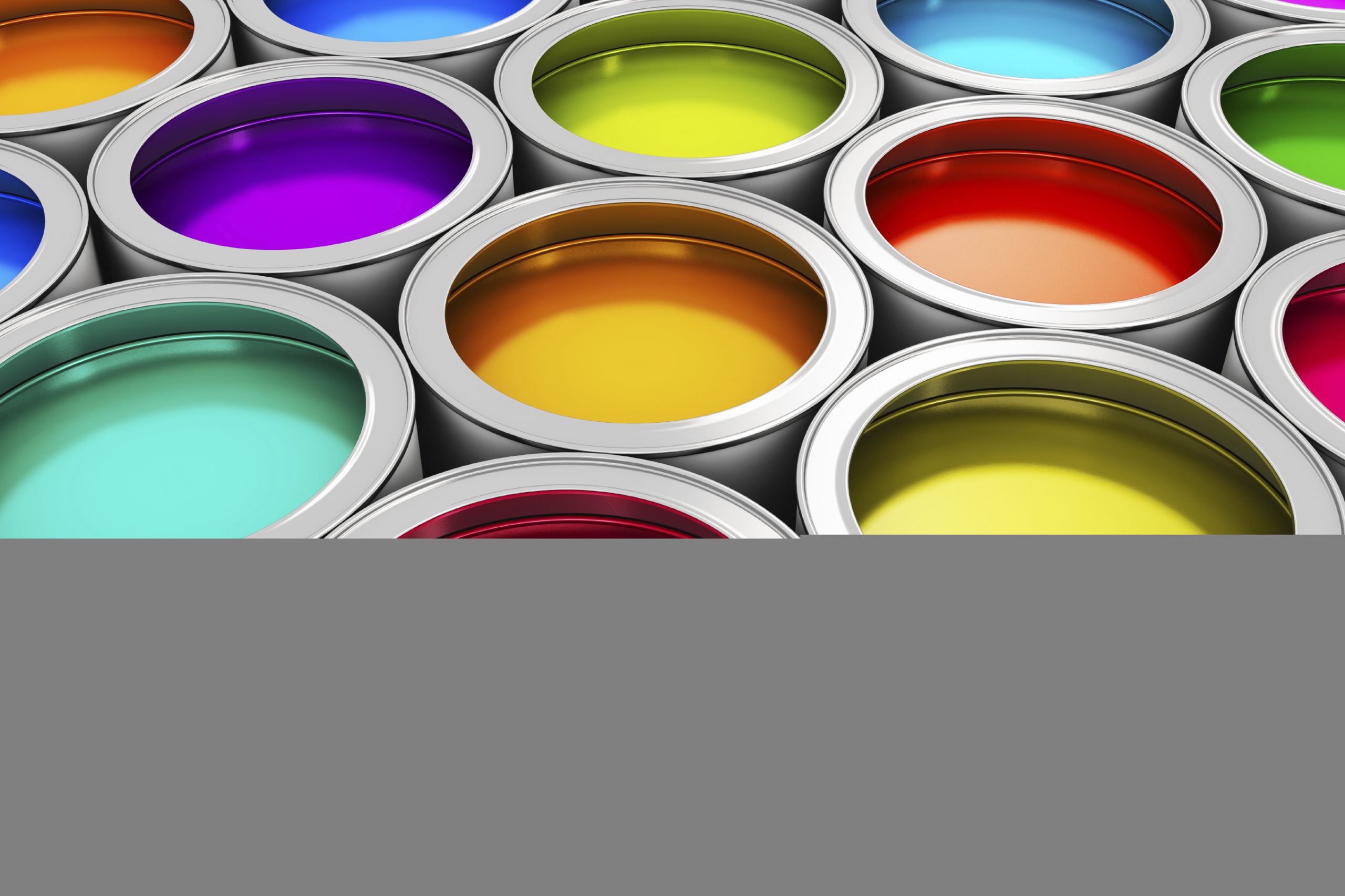Using colour in your marketing campaigns is an excellent way to grab a consumer’s attention; bright and bold is quite hard to ignore! But does it go a little bit deeper than that? Is there a psychological link to the colours that we use and does it affect how our consumers view our products?
Do the Colours Fit the Brand? We can’t just sit here and say “yellow makes people feel warm and happy”, as usually colours affect people differently depending on their colour preferences which have been found to have been forged after experience with objects of that colour in the past.

Instead, consumers judge whether they will buy into a brand or product based on whether they perceive the marketing or branding to fit the product or service perfectly. Just like colour preference of the consumer themselves reflecting on their personalities, the colours reflect the personality that the brand is trying to make for itself. Let’s face it, less people would probably buy into Rolls Royce if they didn’t feel the elegance oozing from their sleek, dark, professional marketing campaigns. Will It Make the Brand Recognisable? A study by the Radiological Society of North America has found that when our brain recognises a brand, our brains become increasingly more active, especially in the areas of the brain that deal with positive emotions and self identification, as well as rewards.

Creating a well known colour scheme that will stick in the minds of your consumers will create these reactions in their brains, making them more alert and willing to look into what you are offering. How Do I Pick the Right Colours? Rather than choosing a colour that you think looks nice and that you think will bring the consumers in, why not look at how appropriate the colour you have chosen is to the product and how the consumers may perceive this. Harley Davidson motorbikes wouldn’t sell as well as they do if they chose neon green for their branding and marketing. They chose dark, mood invoking colours that their target market could appreciate and identify with.

It’s easy to assume that you are choosing a colour for the right reason. You may want to go ahead and use green to symbolise how eco-friendly your brand is, but you must also recognise that other businesses may have used the colour green to market their financial companies too, for example. You don’t want conflicting messages in your consumers’ heads. Making sure your consumers can read your campaign effectively through the use of colour can make or break your marketing strategy. If a larger company has already established that a colour means one thing and you are trying to convey another emotion, then your consumer may become confused as to what your product or business is trying to achieve. 
The feeling and mood that the colours in your campaign are an essential factor to consider when it comes to coming up with a marketing strategy. There is no one colour that will make people buy your product more; it all depends on how well you incorporate your branding and marketing of your products all into one visually appealing campaign that targets the right group of consumers. We hope that we’ve inspired you to think more about how you are branding your products and businesses. Here at Silicone Wristbands Direct, we have a huge variety of different coloured rubber wristbands to choose from. Once you have decided on a colour for your audience to identify with and are looking for the perfect wristband solution for your cause, don’t hesitate to get in contact with us and we will be happy to help you! Call our fantastic team today on 01524 848382 to find out more information on our wristband service.
